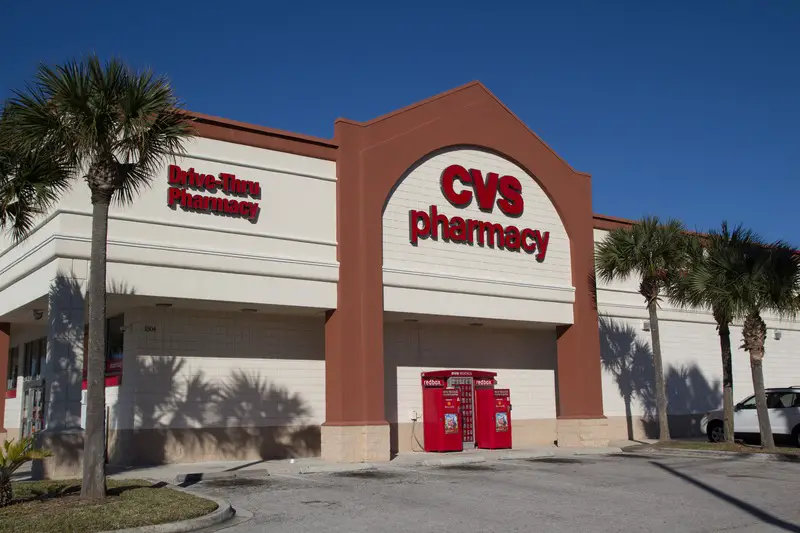In a recent incident, a CVS store manager lost his life due to a shoplifting dispute.
Michael Jacobs, 49, was overseeing a CVS location in Mesa, Arizona when tragedy struck on September 7.
Jared Sevey, 39, had a confrontation with Jacobs over accusations of shoplifting earlier in the day. Sevey later returned with a firearm and shot the manager. He later admitted to the act.
This incident is not isolated. Last month, a security guard at a Home Depot in the San Francisco Bay Area was attacked when confronting a suspected shoplifter.
Earlier his month in Nashville, a pregnant woman believed to be shoplifting was shot after an argument at a Walgreens store.
Experts link this surge in violent retail confrontations to various factors. Policies like California’s Prop 47, which recategorized theft from being a felony to a misdemeanor, have been noted. Additionally, the movement to reduce police funding in 2020 resulted in fewer patrolling officers.
Shoplifting has notably escalated in areas like New York City. The approach of Manhattan District Attorney Alvin Bragg towards alleged shoplifters has garnered criticism from some quarters.
Nationwide, the absence of a uniform policy has prompted several companies to advise workers against engaging with thieves.
Statistics paint a grim picture. Retailers faced nearly $100 billion in losses due to thefts in 2021. Moreover, over 63,000 shoplifting complaints were filed that year, marking a significant uptick from prior years.
New York is actively devising measures to mitigate this trend. Proposals include imposing pre-trial detention for habitual offenders, especially those with felony histories and records of missing court appearances. Additionally, the Merchants Business Improvement Program has been introduced, enabling store owners to seek restraining orders against recurrent shoplifters.
Given these ongoing challenges, there’s heightened emphasis on the safety of retail workers and the urgency to devise efficient solutions to the mounting retail theft issue.











